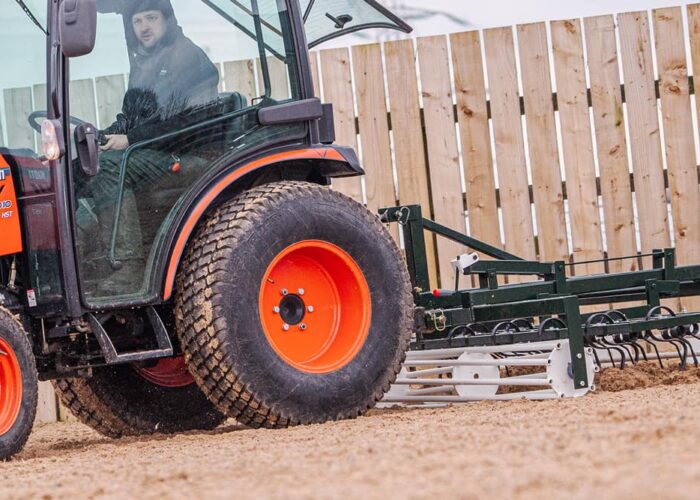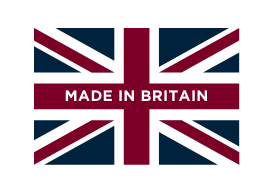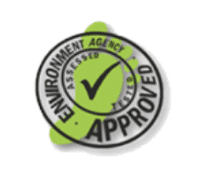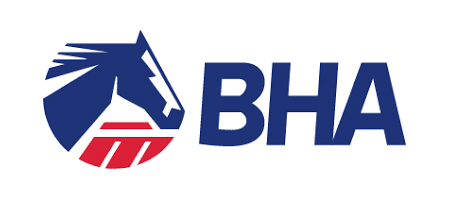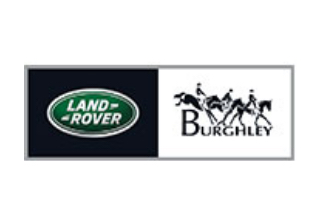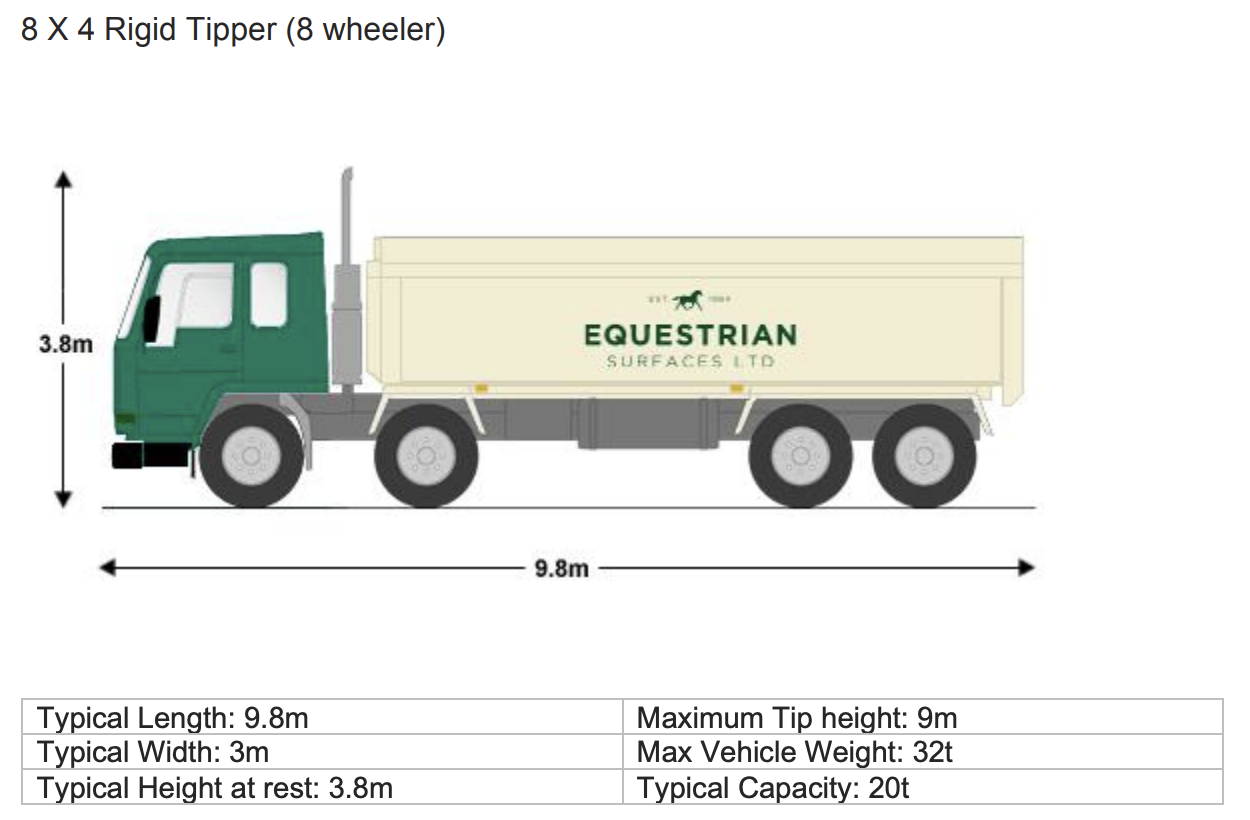News & events
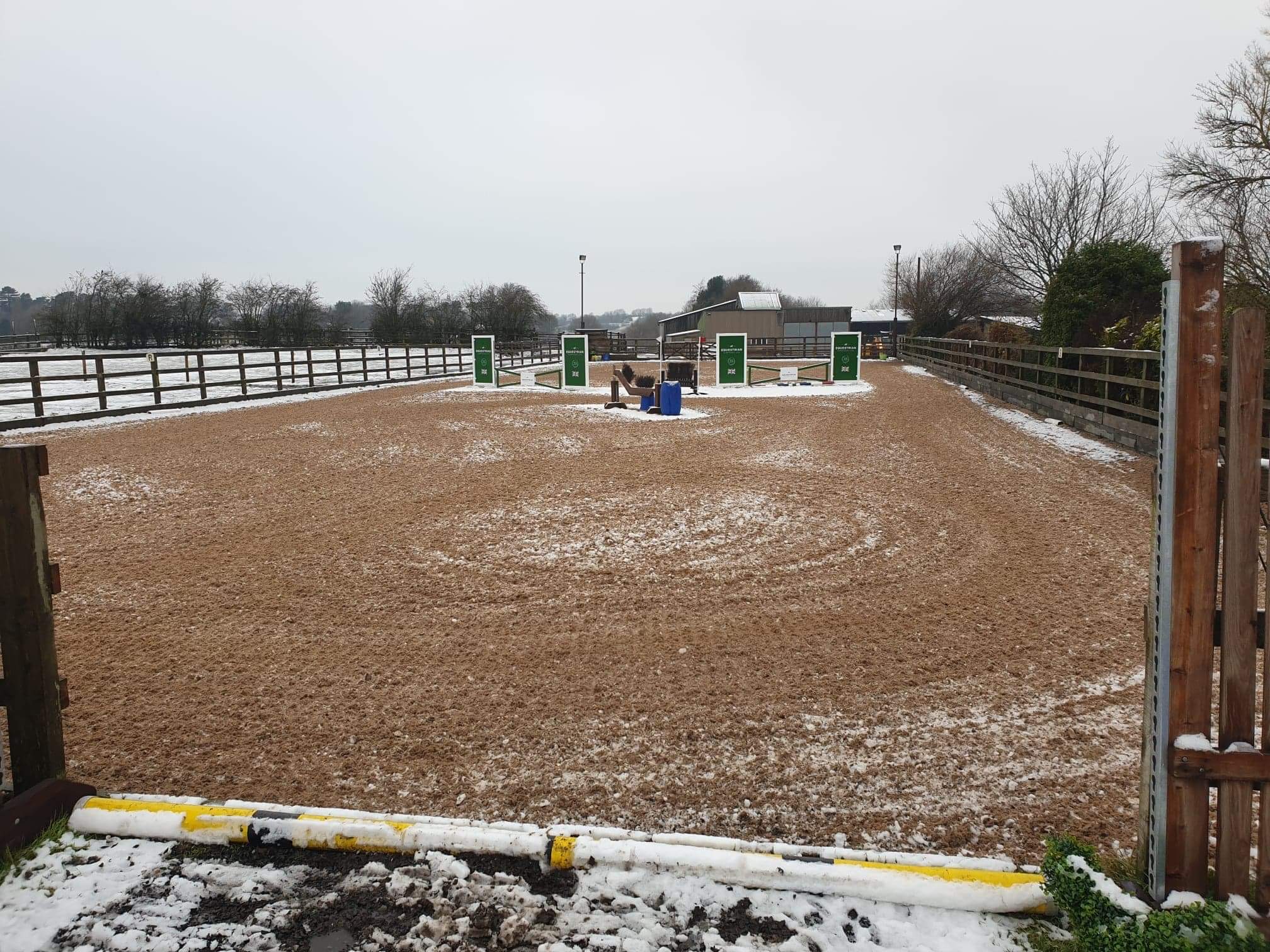
29.11
2021
Maintaining Your Arena Surface in the Winter Months
When it comes to getting the most out of your surface, preventive maintenance is always better (and more cost-effective) than a cure! Regular surface maintenance is absolutely essential to ensuring the longevity of your riding surface, maximising its lifespan and keeping it performing at its best.
Whilst it’s important to increase your maintenance routine during periods of extremely dry weather, particularly when it comes to non-waxed surfaces, combating cold, frost, and snowy weather conditions also requires some additional care and effort.
During the winter months, some surfaces will have different maintenance requirements, so it’s important to get to grips as much as possible with the needs of your surface to ensure you can adjust your maintenance schedule accordingly.
Keeping your surface in a good condition will mean you are able to train on it throughout the year. A well-kept surface will also provide you with good footing, helping to keep your horse performing well, promoting soundness and ensuring security in landing and through turns.
How to maintain a waxed surface
Surfaces with wax in their composition are more resistant to frost than those without wax, however there is still a possibility for a waxed surface to freeze in exceptionally cold weather, especially if there is excess moisture in the surface.
Carrying out regular maintenance on your surface throughout the year will help to ensure the surface does not become overly compacted.
When the weather forecast predicts frost, or a significant drop in temperature, it’s best to prepare your surface by grading it deeper than you normally might, in order to loosen the mix. For example, for a surface that is 5″ deep, it’s advisable to drop the tines of your grader in so that they penetrate the top 2″ to 3″ of surface. This in turn will help any excess moisture to drain freely through the surface and away via the drainage blanket below, reducing the risk of the surface freezing over.
It’s also a good idea to check the drains to see if there are any blockages, as this will result in moisture being held in the surface and an increased risk of freezing. If the drains are blocked, you should try to clean them out by hand, or you may use a power washer to clear blockages that are lodged deeper in the drain.
Looking to purchase a surface grader? Browse our range of Trackmasters…
How to maintain a non-waxed surface
Surfaces with no wax content in their composition will be more susceptible to frost, so keeping up a more rigorous maintenance regime will be key to keeping your surface in use.
You might also consider using an arena cover to provide additional insulation and protection from the elements when your surface is not in use.
Can I ride in snow?
It’s always best to allow any snow to melt before using your arena. If you are unable to wait for your surface to thaw, try to remove as much snow as possible manually with a shovel, before using your Trackmaster to grade the surface and reopen the mix for drainage. If you don’t remove the snow, it’s more likely to freeze further and form patches of ice deeper in your surface, which will not only take much longer to thaw, but it can also make your surface unsafe to ride on.
Remember to double check for frozen or icy patches on your surface – if any areas of your arena are frozen, do not use your grader, as this will cause damage to the surface mix.
If there is a very light dusting of snow on your surface, you may, with some care, ride on this, but be sure to exercise caution and check that the snow doesn’t ball into your horse’s feet. Using a hoof grease or goose fat on the underside of the hoof can help to prevent the snow from sticking.
On gallops or canter tracks the snow can be rotovated into the surface, but this will need to be robustly carried out and repeated several times to ensure the snow melts and the moisture is released in order to prevent the surface from freezing. It is common for heavy-use training gallops to continue with harrowing the tracks even during snowy periods in order to keep the surface and track in use.
Key things to remember:
Where there’s moisture, there is an increased likelihood of freezing, and this applies to both waxed and non-waxed surfaces, so opening up the surface to encourage drainage is key in winter months.
Should the surface have standing water, or in the event of your surface becoming frozen over, do not use your Trackmaster, as this will tear at the surface and affect the mix, creating an uneven footing that will require greater attention when the frost has gone. In such an event, you should wait until the surface thaws before attending to your maintenance.
For further advice and information relating to surface maintenance, please feel free to contact a member of our team on 01282 843970.
At Equestrian Surfaces Ltd, we also offer a comprehensive range of maintenance packages to suit all budgets. Get in touch for more information, or submit any questions via our online enquiry form today, and a member of our team will be in contact with you soon.
